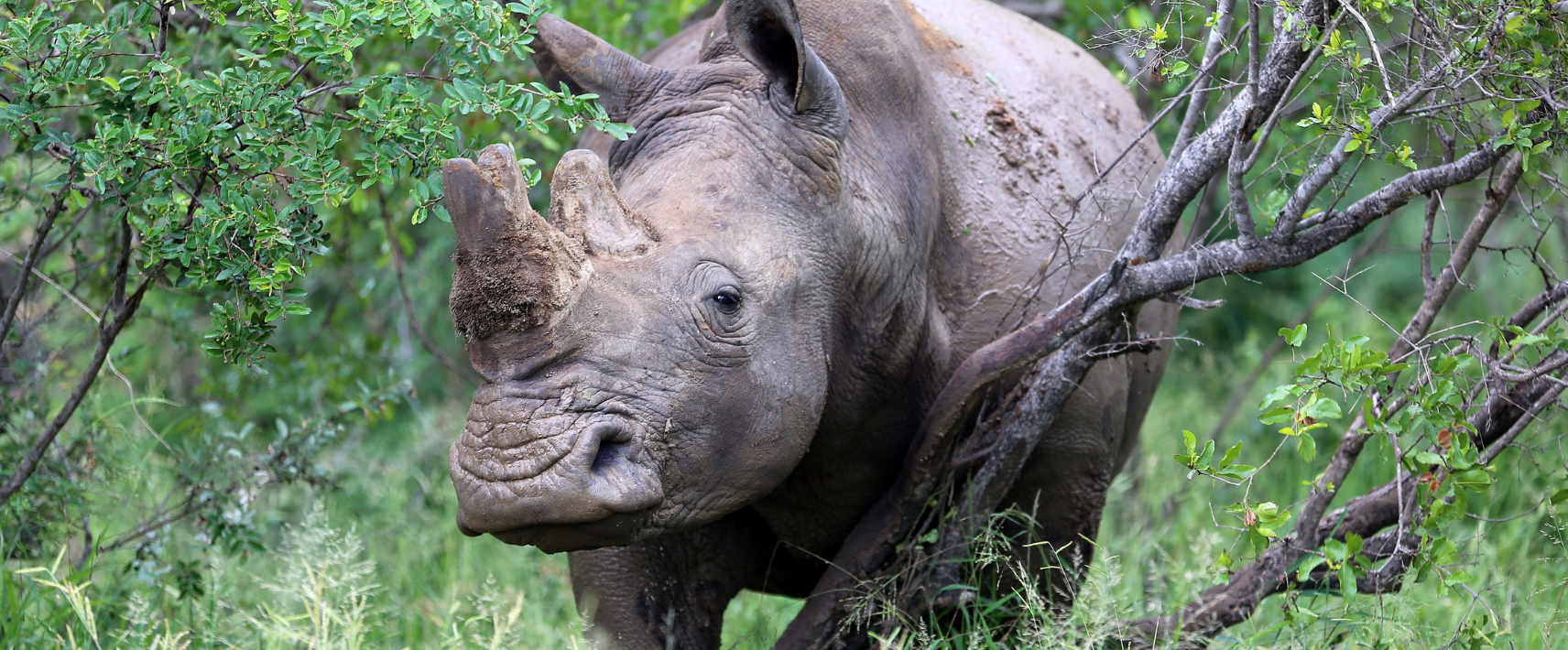One of the most important global meetings on wildlife trade has just wrapped up in Uzbekistan. It’s capital city Samarkand was where governments convened for the 20th Conference of the Parties (CoP20) to the Convention on International Trade in Endangered Species of Wild Fauna and Flora (CITES) to decide how international trade should be managed for some of the world’s most threatened...
Prescribed burning in WA caused enormous wildlife suffering and had a greater impact on native plants and animals than the wildfires they were seeking to prevent in southwest Western Australia during the 2020-2021 bushfire season, according to findings revealed in a report published today.
The report, Analysing the Wildlife Toll of Prescribed Burning Practices in Southwest WA – Impacts of Prescribed Burning on Fauna and Their Habitats, makes 12 findings, the final and most critical of which is that current prescribed burning practices are having an undeniable negative effect on native animals and habitats, but that there is also an alarming lack of certainty around the true extent of these impacts.
In March this year, ‘Fire regimes that cause declines in biodiversity’ (including prescribed burns) were listed as a Key Threatening Process under the Commonwealth Environment Protection and Biodiversity Conservation Act 1999. This listing is formal acknowledgement that fire regimes can threaten the survival or abundance of native wildlife or habitats.
There are six recommendations to the WA Government in the report in order to curb the negative impacts of current prescribed burning practices (see notes for full recommendations). Primarily, the report calls on the Government to conduct an in-depth study into the impacts of current prescribed burn methods on native animals and habitats, as well as to work more closely with Traditional Owners to develop a better system based on time-proven traditional knowledge.
Today’s report further finds that KPIs the department must meet for the number of hectares burned and other inappropriate targets incentivise more risky burn activity. KPIs on hectares burned, along with the use of aerial incendiary devices that can quickly burn out of control and cause severe unexpected damage to natural environments, should be abandoned in favour of nuanced and adaptive fire management practices.
Finally, the report urges a review of prescribed burn frequency and the development of a national Threat Abatement Plan for the existing Fire regimes that cause declines in biodiversity Key Threatening Process (see notes for more information).
According to Humane Society International, who commissioned the report by Denmark Environment Centre, Warren Catchments Council, and Fire and Biodiversity WA, the investigation into WA prescribed burning practices and subsequent report was prompted by the Weinup prescribed burn conducted by the Department of Biodiversity, Conservation and Attractions (DBCA) in March 2021. The burn tore through 1,800 hectares of forest within one of just 36 internationally recognised Global Biodiversity Hotspots known to be one of the most important habitats for Critically Endangered numbats.
Evan Quartermain, Head of Programs and Disaster Response at Humane Society International, said, “When prescribed burns are doing more damage to native wildlife and their habitats than the wildfires they’re supposed to mitigate, it’s a real problem. Unfortunately, we’ve found that work to identify the true impact of prescribed burning at the frequency and scale we are currently seeing in some areas of WA, the work needed for an adaptive and appropriate program, hasn’t been done.”
“The Government needs to step in to prevent these burns from continuing to do more harm than good. Due to climate change extreme weather events are only going to become more severe and frequent, and we simply can’t delay or shy away from dealing with this issue and improving prescribed burning practices for the true benefit of WA’s natural environment and wildlife welfare.”
Phil Runham, from Denmark Environment Centre and research leader on the report, said, “Our study at Weinup has brought to light what might be obvious to anyone casually observing the results of Prescribed Burning anywhere in Western Australia. The absence of monitoring, data collection or analysis of the outcomes of this programme in Western Australia represents an incalculable risk to a biodiversity evolved across millennia. To continue in this manner risks irreversibly detrimental change to a globally unique ecosystem.”
Notes
– The report made these six recommendations for urgent consideration by the Western Australian Government:
- Conduct an in-depth independent study into the biodiversity and animal welfare impacts of current prescribed burning methodologies in Western Australia to build on this report.
- Work closely with Traditional Owners regarding fire management across Western Australia. Deep and timeproven traditional knowledge should be front and centre and Indigenous groups and land managers integral in the development of a better system.
- Scrap inappropriate prescribed burning targets: KPIs on hectares burned and cost need to be abolished in favour of more nuanced and adaptive fire management practices.
- Urgently review the appropriateness of prescribed burn frequencies for individual ecosystem types to assist wildlife habitat and threatened ecosystem recovery.
- Cease the use of aerial incendiary devices for prescribed burns: the Weinup burn shows they can quickly lose control and cause severe conservation and animal welfare impacts.
- Work with the Federal Government to develop a national Threat Abatement Plan for the Fire regimes that cause declines in biodiversity Key Threatening Process.
– Former Federal Environment Minister Sussan Ley listed ‘Fire regimes that cause declines in biodiversity’ (including prescribed burns) as a Key Threatening Process under the Commonwealth Environment Protection and Biodiversity Conservation Act 1999 in March 2022, enabling the creation of a National Threat Abatement Plan to mitigate ongoing detrimental impacts.
– A Key Threatening Process is a process that threatens or may threaten the survival, abundance or evolutionary development of a native species or ecological community. A Threat Abatement Plan provides for the research, management, and any other actions necessary to reduce the impact of a listed key threatening process on native species and ecological communities.


